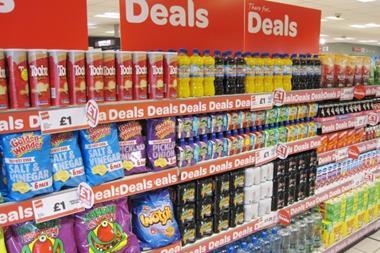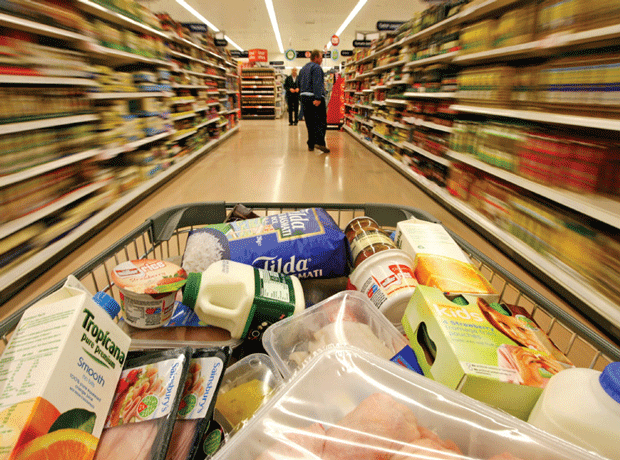The competition and markets authority (CMA) has found some evidence that UK’s supermarkets are engaging in potentially misleading pricing and promotional practices.
The competition watchdog has today published the findings of its three-month investigation into grocery market pricing, following a super-complaint by Which?.
The investigation analysed a broad spectrum of pricing and promotional practices at Tesco, Asda, Sainsbury’s, Waitrose and Ocado - including special offers, volume and unit price promotions, pack sizes and price match schemes.
It found some examples of pricing and promotional practices “that have the potential to confuse or mislead consumers and which could be in breach of consumer law”.
However, these problems were “not occurring in large numbers across the whole sector,” it said, and generally retailers were taking compliancee seriously to avoid such problems occurring.
Unit pricing was identified as one area of concern.
However, it blamed the absence of clear guidance and relevant case law on unit pricing for creating differing interpretations and inconsistencies across the grocery market as to how unit prices should be presented.
For example, some retailers were pricing products per millilitre and others per gram which the CMA believes could cause unnecessary confusion for consumers.
It is calling for the law and guidance on unit pricing to be changed so as to create a clear and consistent approach which would help consumers make simple comparisons between different products, “irrespective of brand, size, and any ongoing promotional activity”.
The investigation also investigated the Which? claim that many supermarkets were advertising larger packs as better value - when the unit price of the larger pack is actually more expensive than a smaller pack.
The CMA investigation found that between 12% and 16% of the larger SKUs it analysed had at least one smaller SKU which had a lower per unit price of 10% or more.
On volume promotions the CMA found that overall across the five retailers 3% of the volume promotions had a higher price per item under the volume promotion than the previous selling price.
On special offers, certain retailers appeared to be using reference pricing for “inappropriately long periods of time” in particular by using ‘now’ prices for periods that significantly outlasted the period during which the ‘was’ price applied, the CMA said.
It also saw some examples of certain retailers increasing the price of products prior to the launch of a volume promotion. However, “the prevalence of these issues is relatively limited, and in some respects concern only a limited number of businesses and/or promotional practices,” the CMA said.
“The majority of promotions reflect internal policies and systems that generally demonstrate a sound approach to compliance,” it added.
The CMA will now work with the respective retailers where potentially misleading practices have been identified to address the issues.
“If this further work reveals clear evidence of breaches of consumer law, this could lead to enforcement action,” it said.

























No comments yet